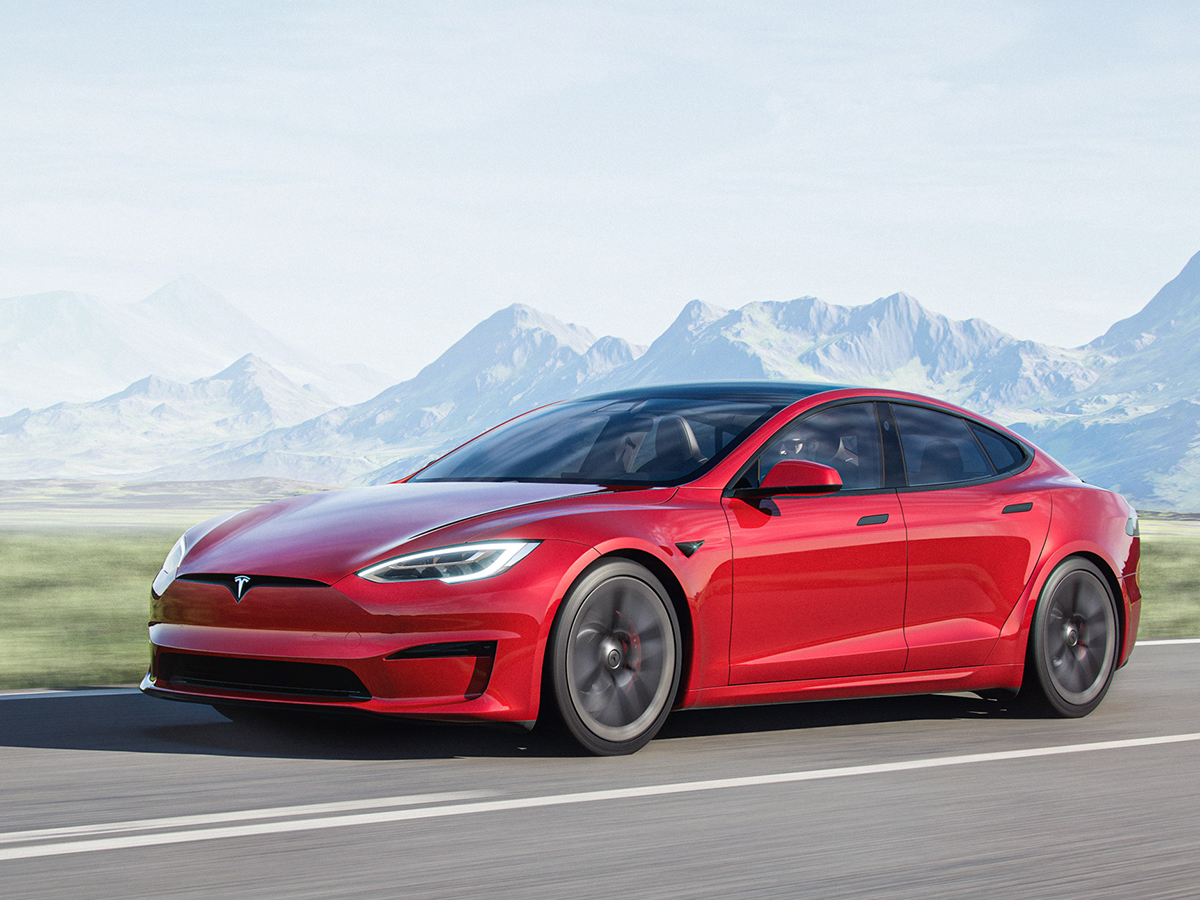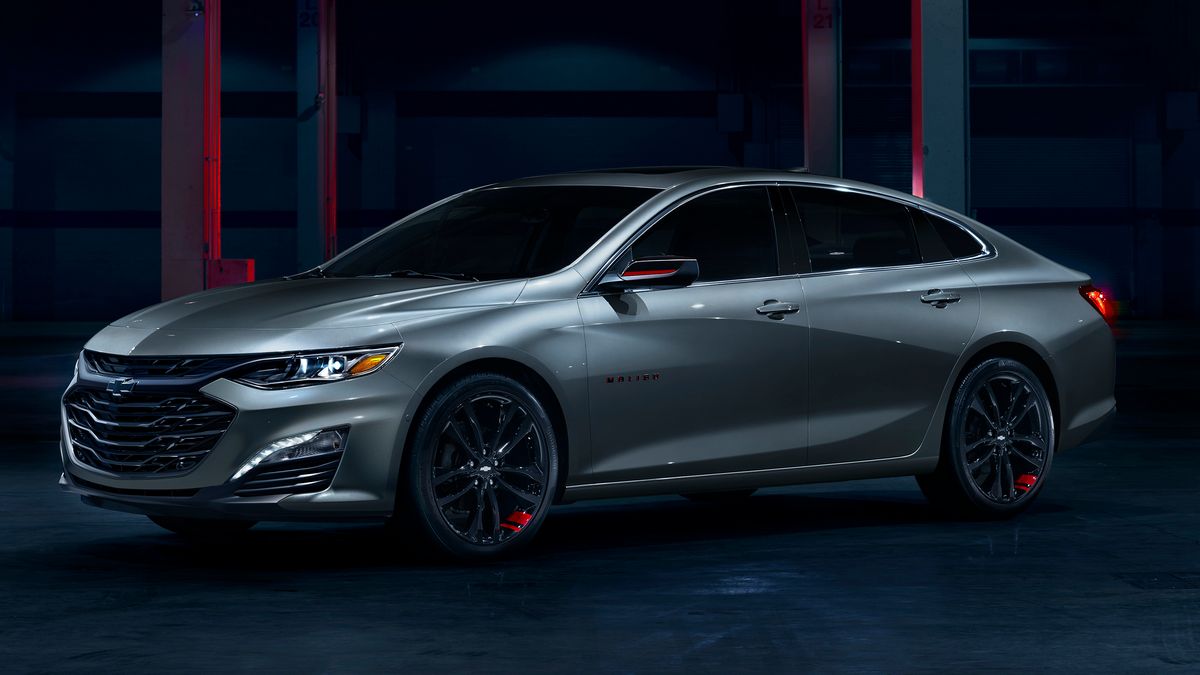
What Is Ludicrous Mode and Ludicrous Plus Mode?
Get to know all about Ludicrous Mode and Ludicrous Plus Mode on Tesla Model S or Model X. Learn how it works and where the reference comes from.

Get to know all about Ludicrous Mode and Ludicrous Plus Mode on Tesla Model S or Model X. Learn how it works and where the reference comes from.

Electrified vehicles are growing in popularity, but which one is the right choice for your needs and lifestyle?

A used Ioniq 5 delivers on many fronts. From its impressive range and charging times, we tell you the best years when buying used.

A used Chevrolet Malibu offers room for the whole family and, depending on the year, good fuel economy, safety, and resale value, too.

A used Tesla Model Y offers exceptional range and speed, with over-the-air updates that can help make older models feel new.

Depending on the year, a used Jeep Grand Cherokee can be anything from a rugged off-road champ to a luxurious high-tech SUV.

A used Toyota 4Runner combines solid dependability and tenacious off-road chops in a family-friendly SUV.

The ID.4 offers a roomy interior, lots of modern tech, and, on later models, a competitive range, but there are a few red flags.

Shopping for a used Kia Soul? See the best years (2022, 2018, 2016, 2013), common issues, recalls, MPG, and warranty tips to help you buy with confidence.

Find out what the used car market and tariffs have in store, plus the pros and cons of buying now. We’ll provide details on what to know.